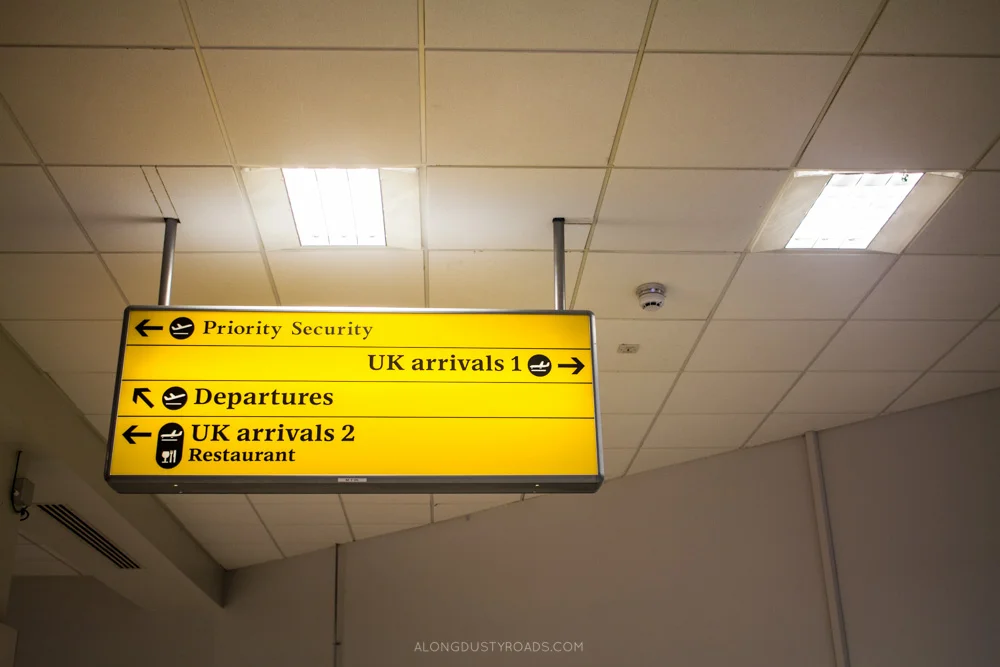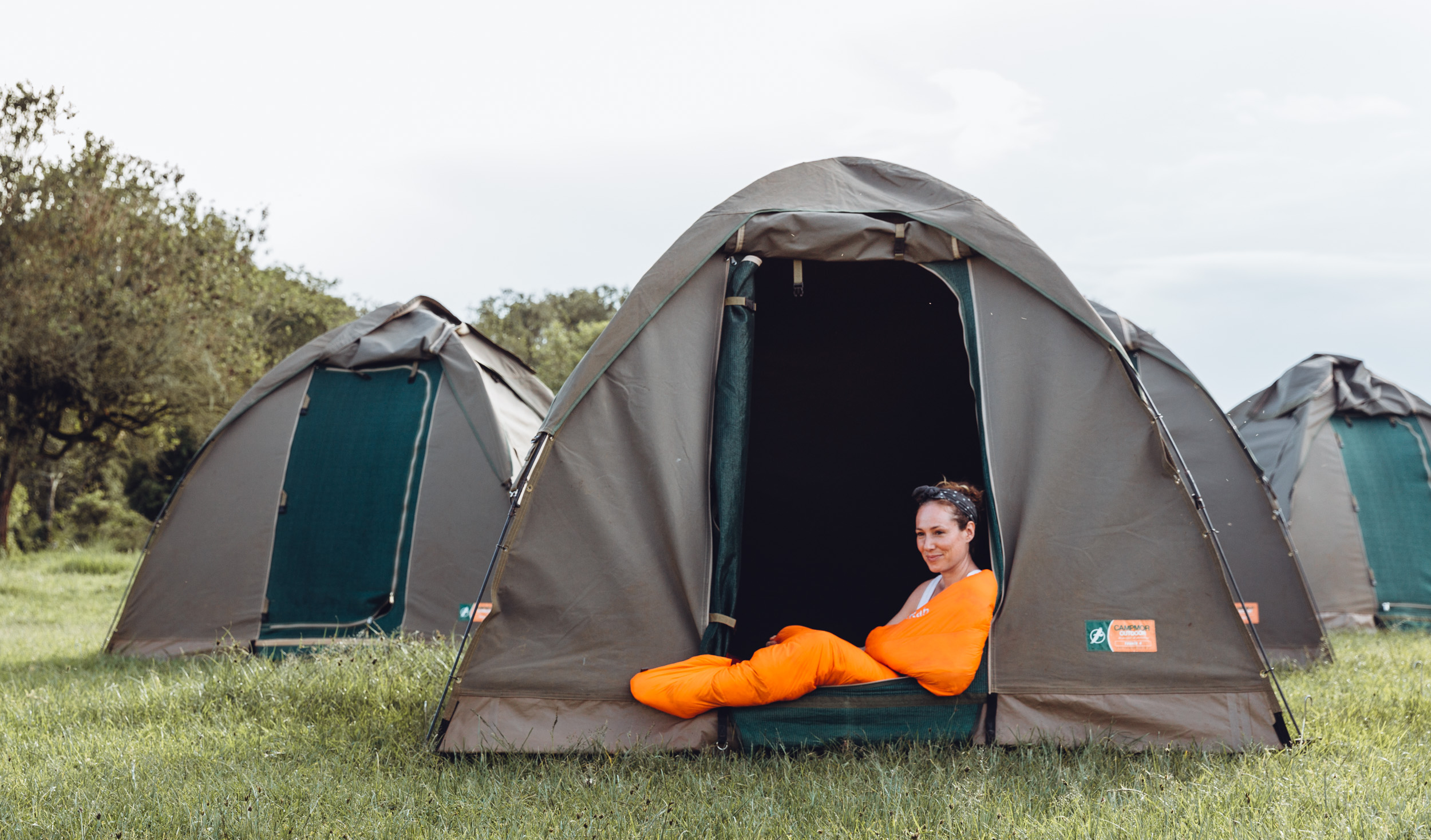Low cost airlines changed everything.
Gone are the days when holidays were restricted to two weeks of fun in the sun booked via a travel agent. Instead, we have entered the time of the mini-break, when anybody that lives within an hour or so of a local airport can disappear off to Paris, Prague or Porto for a long weekend and still be back in the office for the Monday morning meeting.
However, to really make the most of super cheap flights and avoid a lot of the negative aspects, you need to book, plan and travel smart. Here a few things that you need to consider before clicking that 'buy' button as well as little tips and tricks to make the whole low cost airline experience as enjoyable as possible.
consider the overall cost before booking
We've all seen those adverts:
'Fly to (insert city you'd really like to visit) for just £10.'
The travel bug within shouts that you shouldn't waste another minute, that it's too good a deal to miss. But before you make the booking, do the maths. Do you need to pay for extra baggage? Do you want a confirmed seat? Are the flight times realistic? Where's the airport?
Cheap airlines make their money from all these little extras and so you need to go into the booking process with eyes wide open; all these things will add significantly to the cost or add hours to your journey.
beware of baggage fees
In order to secure the cheapest possible flight, you can't travel with much luggage. In fact, should you want to do anything crazy, such as stow a piece of baggage in the hold, this could triple the total cost of the ticket! So, the mantra is that 'a cheap flight is only really cheap if you travel with hand luggage only'.
Hold luggage can cost anywhere between £16 and £40 per bag dependent upon the airline, so really consider whether you need five pairs of shoes and a new outfit a day before booking your flight.
Obviously, there are times when you definitely need more than just carry-on. However, before you hand over any cash, shop around - bigger, and traditionally more expensive, airlines might actually work out cheaper once you factor in that you get an allowance of at least 20kg extra, and a more generous hand-luggage allowance, paid for within the upfront price of your ticket. So, our advice is to work out how much the total cost is on the route with a low-cost airline and then check back and compare that with a more expensive one.
Unfortunately, popular flight search engines only list price options without factoring in these elements, so you will have to do a lot of this manually on the airlines' respective websites.
book singles, not returns
When frantically searching for the cheapest or most convenient flight option, make sure to check the options for booking singles there and back, rather than a return flight. It may not always work but, flying with one airline on the way out and another on the way home often works out significantly cheaper.
Websites like Skyscanner are great for this as even if you select a return journey, they'll provide the cheapest combination for your outgoing and return flights, even if they're with different carriers!
you don't have to pre-book your seats
Airlines are a little sneaky here.
When you're in the process of making your booking, you'll inevitably have to go through their seat reservation page. For all intents and purposes, it looks as though this is something that has to be done - and not necessarily that you'll end up paying for. Unfortunately however, you'd be wrong on both counts.
We've never made a seat reservation with a low-cost airline, and we've never not been able to sit together. Of course, should you be travelling with a large group or young children, or require extra leg room, it may be worth being able to confirm you'll all be together, but for the vast majority of people, we'd simply say don't bother! Simply turn up at check-in early.
check where the airport is
There are a couple of airlines (we're thinking of EasyJet and RyanAir in particular) who love to put their airports in the middle of bloody nowhere. Whilst '40km outside the city' might not sound like too big a deal, once you factor in the extra airport bus just to make it to the city limits of your holiday destination, you've lost a good few hours either side of your weekend-break and perhaps doubled the costs of your (initially) cheap flight. And then you have to do it all again on the return leg.
In these situations, it may well be cheaper to pay slightly more to fly with a different airline, and into or out of a more central airport.
The only exception to this however, is for those of us that are time-rich and money-poor. Those who have all the time in the world to make it to the and from the airport and can opt for alternative travel methods (such as local buses and not tourist shuttles).
don't forget the pre-checked boxes!
Whether it's your online shopping, banking or favourite art gallery's newsletter, before you click submit, you have to do a quick ninja-like assessment of the page's small print and pre-checked (or not checked!) boxes to ensure you don't end up on some completely unrelated mailing list.
The same goes for low-cost airlines booking forms. Things such as insurance and car rental can be pre-selected on these websites - and they don't draw your attention to it. So, get into the habit of reading everything very carefully, especially anything next to boxes! They bombard you with so many extras and add-ons during the booking process, it's important you don't rush through it.
check in early
We know that with short haul flights, the temptation can be to arrive at the airport with only an hour or so to go. With all the extra security checks that are around at the moment, this could mean you miss your flight, but it also means that you will check-in to a plane already full of people and baggage - not ideal if your hold luggage is a few kilos over and you have a film you want to watch together (but don't have reserved seats).
By checking in around two hours before your departure time (i.e. as soon as it opens), you'll find that airport staff are a lot more understanding, will try their best to seat people together and may well turn a blind eye to the fact that you're checking in a bag that's 4kg too heavy (we speak from experience, and thank the lady at Birmingham Airport greatly!)
but really don't try to beat them on hold luggage weight
Clearly, we've got away with it a few times (it's amazing what being polite, smiling and checking in early can do!), but we know never to turn up to a low-cost flight without being fully aware of the weight limits for our checked-in luggage. Usually this is 20 kg, but sometimes it's as low as 15 kg. However, do remember that you have leeway between that stated limit and actually being overweight (i.e. 20.5 kg is fine) and that you should always wear or carry your heaviest items (the hiking shoes or boots, the big jacket, the heavy jeans) on the flight rather than packing them in your hold luggage and adding lots of unnecessary weight.
We'll never knowingly pack a bag that's more than few kilos over as these airlines do make money from charging for that extra weight and everyone knows that by now - you really have no right or reason to complain if you have the misfortune to face a particularly zealous attendant who insists you pay and simply won't negotiate.
And if they won't let that extra couple of kilos slide?
Start unpacking.
You'd be amazed at how many clothes you can wear at one time. When trying to check into our particularly stringent low-cost flight to Mexico, we made 3 kg each disappear by stuffing pockets with camera lenses, wearing two pairs of trousers, two hats, several t-shirts, shirts and jumpers each. Yeah, we may have looked a little ridiculous, and lost a shoe in the process, but we saved a fortune in extra costs!
If you do find out you're a couple of kilos over when checking-in (early remember!), then our advice is to first smile and show surprise, and and then politely ask if you can move to the side (away from the line) to try and reduce the weight. Then, commence to add layers, stuff pockets, wear two hats - do whatever it takes - to try and get the weight down. Return to the check-in desk, still smiling, and check the weight again. After another attempt or two, you'll be faced with one of three situations:
- You'll make the weight and skip through to security, slightly weighed down by your new attire.
- You are still slightly over the weight, but the attendant takes pity on you and lets it slide.
- You are still over the weight, but receive no sympathy. At this stage, you just need to pay up.
Follow this advice but PLEASE do not be that dickhead who arrives late for the flight and then tries to avoid paying extra baggage charges at all costs and holds us all up!
check-in online
This doesn't apply to all airlines, but RyanAir and some others have a strict check-in online policy, and failing to do so (plus printing out your boarding card in advance) can cost you an extra £45 at the airport.
They'll usually send you an email reminding you of this fact, so put on your organisational-hat and don't give the company a reason to turn your cheap getaway into an expansive headache.
Most airlines now also have pretty decent mobile apps, where you can check-in and download a scannable boarding pass (and thereby save paper), so it's worth checking that our for convenience.
Don't try and beat them on hand-luggage
Check-out every line at the departure gate and you will see a handful of people with bags you KNOW are far too big for the airline's strict hand luggage allowance. After spending hours locating a bag that doesn't exceed you chosen company's specifications and not overpacking, this can be understandably galling.
However, they don't always get away with it.
Although we haven't seen it happen as often lately, it's not uncommon for a particularly pedantic member of staff to pick out the piss-takers and watch them determinedly try and fit said piece of over-sized luggage into the airline's size tester. If it doesn't fit, it's into the hold - and at a cost!
Most airlines have become a little more relaxed about the need for a second small piece of hand luggage, such as a handbag or duty-free but, again, don't be a chancer. If you try and board with two small rolling suitcases, you may well be called out on it.
Need to know how large your carry-on can be? Check out this great post which simply presents and breaks down your allowance for each airline. Be sure to double-check the airline's website too.
We've recently started using the Osprey Porter 46 backpack for flights, which is specifically created to meet most airlines' hand-luggage sizing requirements and is an excellent weekend-break or short trip luggage option for backpackers and adventurers. Check it our here.
Consider the toiletry situation
As we've already mentioned, most people travelling with low-cast airlines are doing so with just carry-on; great for a cheap flight, not so great if you travel with the entirety of Boot's toiletry section!
Pretty much everybody knows about the 100 ml limit on liquids (you can travel with several small bottles of liquid, but none should be more than 100 mls) but that doesn't mean some people don't try to chance it. You might sneak through on the odd occasion, but it really isn't worth trying as you are more often than not going to be asked to dump anything oversized (even if it's expensive perfume).
In addition to sizing restrictions, all these toiletries have to be stored in a clear, plastic bag whilst going through security. Airports used to charge for these bags, but now they hand them out free, so grab a bunch next time you fly and keep them in your main travel bag for future use.
Instead of buying lots of travel-size bottles of products (which are WAY overpriced), consider purchasing a few good quality 100 ml toiletry bottles and decanting your shampoo, conditioner, body wash etc into these. Pack of three of four bottles can be found for as little as £1 and investing in them means that you can still take your favourite brands rather than having to buy whichever your local store has in travel-size on all your future trips.
Unless it's free, avoid the trolley
It is completely crazy how often we see people paying good money for food and drinks on short haul flights. Take a recent flight from Valencia, Spain to Ibiza - we were airborne for around 30 minutes, a guy next to us spent €7 on some Pringles and a drink which he had all of five minutes to enjoy before the voice over the intercom announced we were going to land soon.
Even if your flight is a couple of hours, it's crazy to pay £3 for a can of coke and £7 for a sandwich. Sure, airports are pricey but they're still cheaper than waiting until you're flying over the Mediterranean. If you're super organised, you can even pack something before you leave home. Providing it's not liquid, you should be able to bring anything you like - and it'll probably be an awful lot healthier too.
And, if you want to keep yourself hydrated after security? Simply take an empty plastic water bottle with you through security and ask a café to fill it for you!
And there you have it - our tips for how to make travelling on Europe's low cost airlines a stress-free experience whilst actually keeping the overall cost of flying CHEAP! What are your own tips or experiences of flying on these types of airlines - let us know the comments!
























